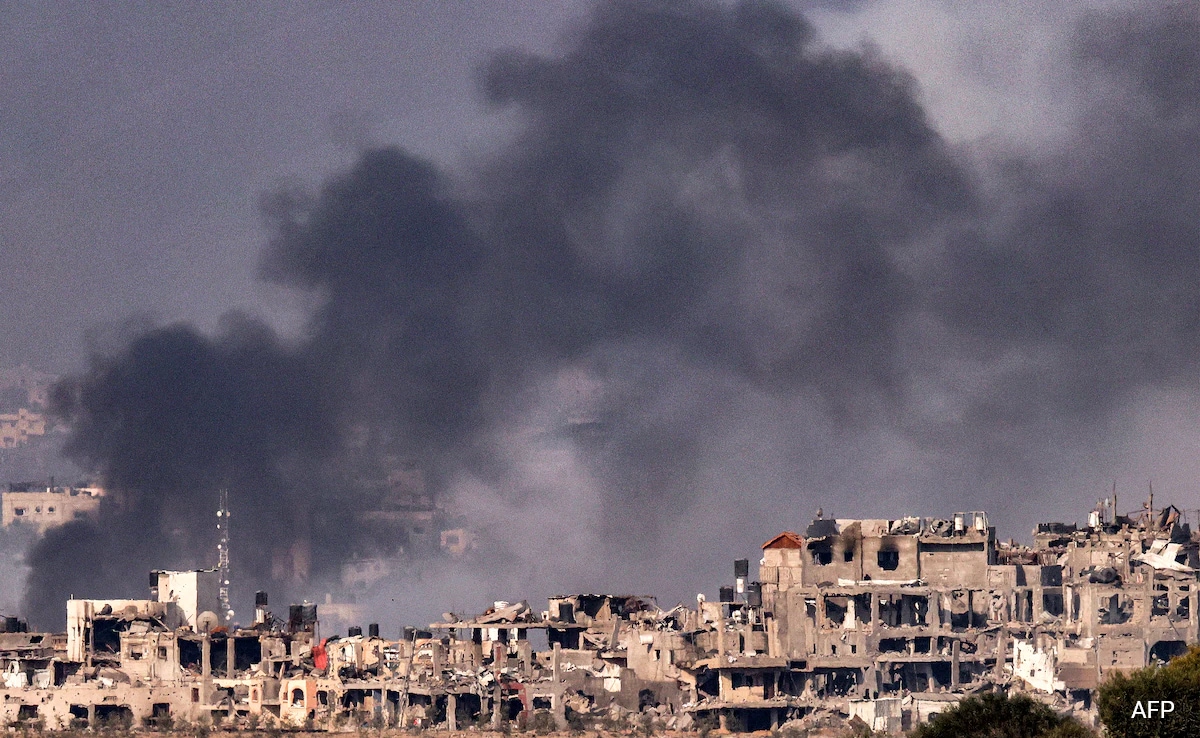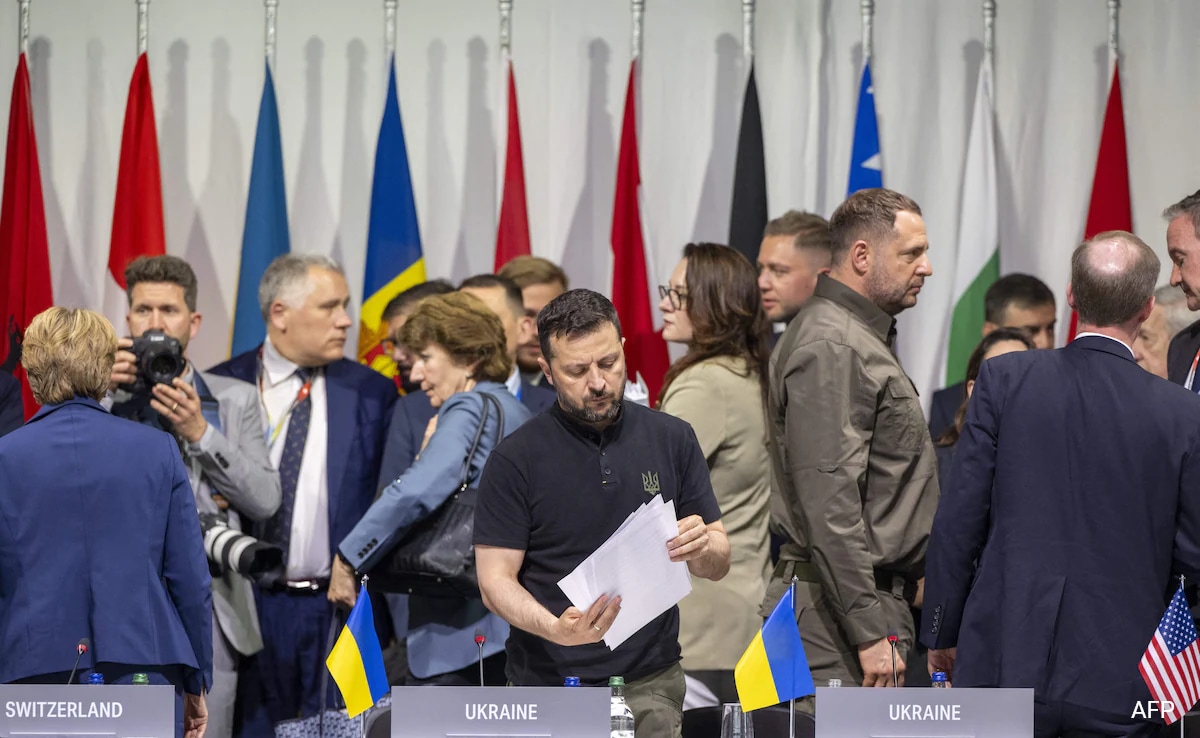Pakistan does not follow the “no first use” policy on nuclear weapons and the country’s deterrence capabilities can respond to all threats from the enemy, a former senior military officer has said, as he clarified Islamabad’s stance on the use of atomic weapons.
Lt. Gen. (retd.) Khalid Ahmed Kidwai, Adviser to the National Command Authority, was speaking at a seminar held at the Centre for International Strategic Studies (CISS) on May 29 to commemorate Youm-e-Takbeer, the 26th anniversary of Pakistan’s nuclear tests in 1998.
Also read: The spectre of nuclear conflict, once again
The Dawn newspaper reported that Mr. Kidwai, who has served as the director general of the Strategic Plans Division (SPD), said: “Pakistan does not have a No First Use policy, and I’ll repeat that for emphasis. Pakistan does not have a No First Use policy.” The NFU refers to a country’s stance and is regarded as an assurance that its nuclear arsenal is meant for deterrence, not fighting a nuclear war.
Islamabad has traditionally maintained ambiguity regarding its NFU policy.
“The Indian gung-ho leadership may like to think about it there should never ever be a doubt in anyone’s mind, friend or foe, that Pakistan’s operationally ready nuclear capability enables every Pakistani leader the liberty, the dignity and the courage to look straight into the Indian eye and never blink,” Mr. Kidwai said.
Mr. Kidwai said the full spectrum deterrence capabilities available to the Pakistani military were the combination of the conventional and most modern technology-based weapons capable of responding to all threats from the enemy, state-run Associated Press of Pakistan (APP) news agency reported.
He added that the full spectrum deterrence helped in restoring the strategic balance of power that enforced peace in the region.
“In the past few decades, the robust nuclear capability of Pakistan has enforced peace in the region,” APP quoted Mr. Kidwai as saying.
Pakistan conducted six nuclear tests on May 28, 1998, inside a deeply dug tunnel in the remote Chaghi mountain of Balochistan province, as a tit-for-tat response to India’s nuclear tests in the same month at the Indian Army’s Pokhran Test Range.
Lt. Gen. (retd.) Kidwai also hinted at using emerging technologies to strengthen the country’s nuclear programme.
“Advancements in technology including what is referred to as emerging technologies will continue to make their way appropriately in Pakistan’s National Security calculus, and the nuclear programme will be stronger by benefiting from these,” he said.
He noted that Pakistan’s Full Spectrum Deterrence (FSD) capability, while generally remaining within the larger philosophy of Credible Minimum Deterrence (CMD), comprises horizontally of a robust tri-services inventory of a variety of nuclear weapons.
He said that the nuclear weapons were held on land with the Army Strategic Force Command (ASFC), at sea with the Naval Strategic Force Command (NSFC), and in the air with the Air Force Strategic Force Command (AFSC). Vertically, the nuclear spectrum encapsulates progressively increasing destructive weapon yields, and range coverage at three: strategic, operational, and tactical to 2,750 km to cover India’s vast Eastern and Southern geographical dimensions, including its outlying territories.
Lt. Gen. (retd.) Kidwai further stated that India’s Dynamic Response Strategy (DRS) is a clear reflection of the limits and constraints imposed by Pakistan’s robust nuclear capability on India’s strategic and operational options, and therefore, Pakistan’s strategic weapons, especially the Tactical Nuclear Weapons (TNWs), are “weapons of peace”.
Director General of the Arms Control and Disarmament Affairs (ACDA) branch of the SPD, retired Brig Zahir Kazmi, highlighted some of the emerging threats and enduring threats to Pakistan’s nuclear programme.

















